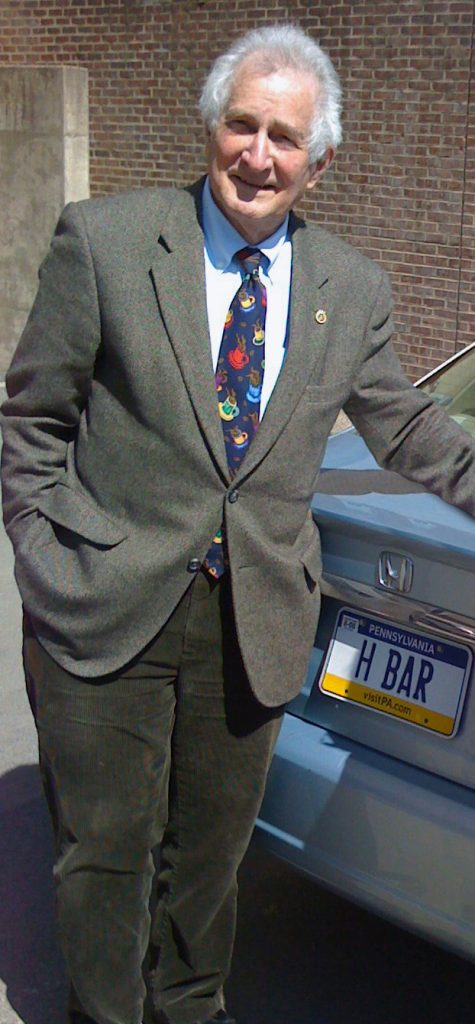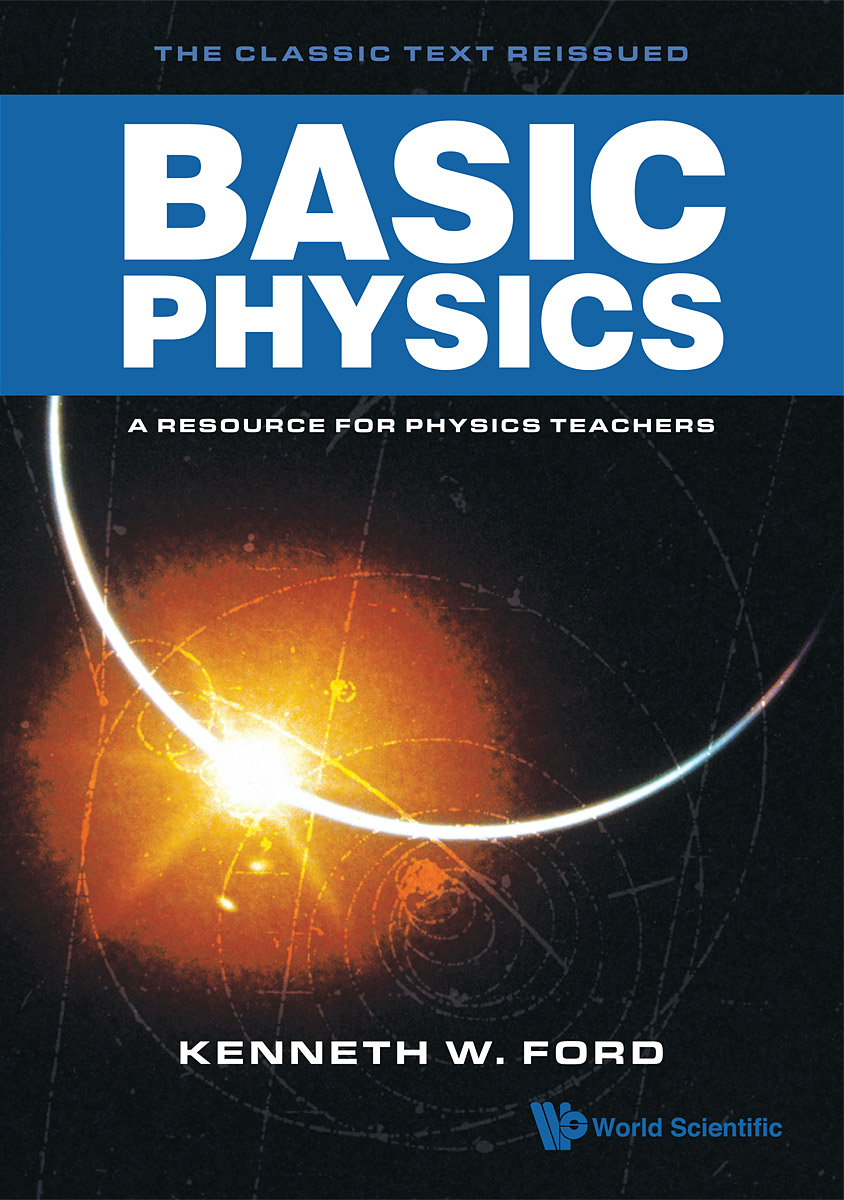|
Essays on PhysicsBy Ken FordThese essays cover topics that may be of interest to teachers of introductory physics at both the high-school and college levels. All but one of them (currently) are based on the “Features” in Basic Physics: A Resource for Physics Teachers (World Scientific, 2016). Most of the essays are edited versions of the Basic Physics Features—updated where necessary and with SI units replacing the original cgs units as needed. In the book there are 174 Features (plus, of course, all of the original text). These essays currently number 85, of which 84 are adapted from the book. Interested readers may wish to acquire the book in addition to consulting these essays. The essays are housed in eight sections, the first five of which follow the chronology of the great discoveries of physics—and the corresponding formulations of broad theories—from the seventeenth through the twentieth centuries. The sixth follows physics into the subatomic domain, the seventh encompasses thoughts of a more general character, and the eighth is reserved for more recent essays added by Ken Ford or contributed by others. The single essay presently in the eighth section is “Rainbows: Figuring Their Angles” |
An answer manual for this book is available in PDF format. Click the link below to download (5.1 MB). |

 Mechanics
Mechanics
Inertia and gravity. Energy and work. The unexpected depth of Newton’s first and third laws. The power of the “nothingness” of space.
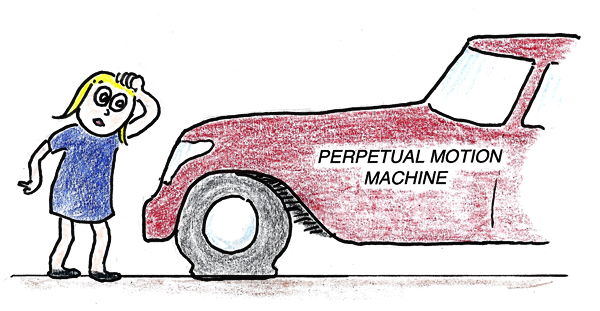
 Thermodynamics
Thermodynamics
Heat, energy, probability, entropy. Degrees of freedom that freeze and thaw. Dizzying variations of the second law of thermodynamics. Time’s arrow.
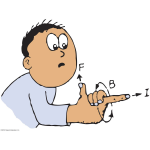
 Electricity & Magnetism
Electricity & Magnetism
Fields and charge intertwined. Why does light travel at speed c? Where are the magnetic monopoles?

 Relativity
Relativity
Observers, like politicians, agree about some things and disagree about others. Einstein brought more relativity and more invariance. How he figured out that E = mc2.

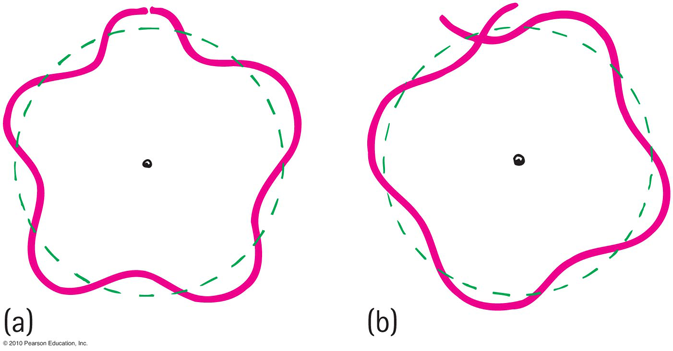 Quantum Physics
Quantum Physics
Particles make waves. The heart of Bohr’s 1913 work. What does angular momentum have to do with atomic shells?

 Nuclear Physics
Nuclear Physics
Nuclear and electric forces combine and compete to shape the world. Heavy nuclei can come unglued; light nuclei can “burn.”

 General, Historical, Philosophical
General, Historical, Philosophical
The heavens were the first “laboratory.” Things that change all the time, or some of the time, or never. When one thing overlaps another, A + A is not always 2A.
Supplemental
Essays that add to what is in Basic Physics, by Ken Ford or others.
Teachers: Please weigh in
Send a correction, question, or suggestion to the author ken@hbarpress.com. Unless you request otherwise, your help will be acknowledged.
Thanks
to Adam Ford, for designing this site and for advice
to Diane Goldstein, for suggesting this enterprise and for advice
to Paul Hewitt, for charming drawings and for advice

